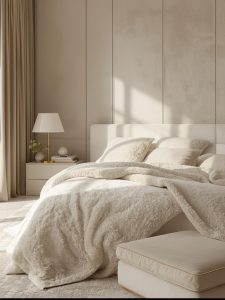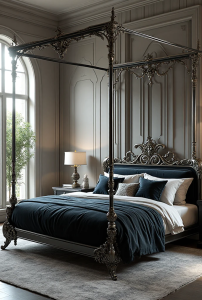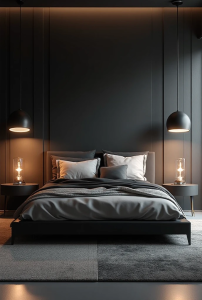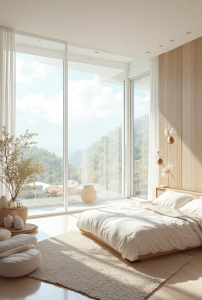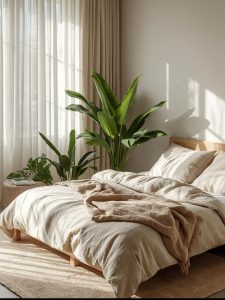15 Amazing Kids Bedroom Interior Design Ideas for Small Spaces
Introduction
Designing a stylish and functional room for kids in a small home can feel challenging—but it doesn’t have to be. With the right layout, décor, and creativity, you can transform a tiny space into a fun, practical, and cozy bedroom. In this article, we’ll explore 15 amazing kids bedroom interior design ideas for small spaces that maximize comfort, spark creativity, and keep everything organized.For more Ideas you can look our Pinterest.
Related Topic:15 Best Contemporary Bedroom interior Design Ideas for Elegant Living
15 Amazing Kids Bedroom Interior Design Ideas for Small Spaces
1. Bunk Beds with Storage
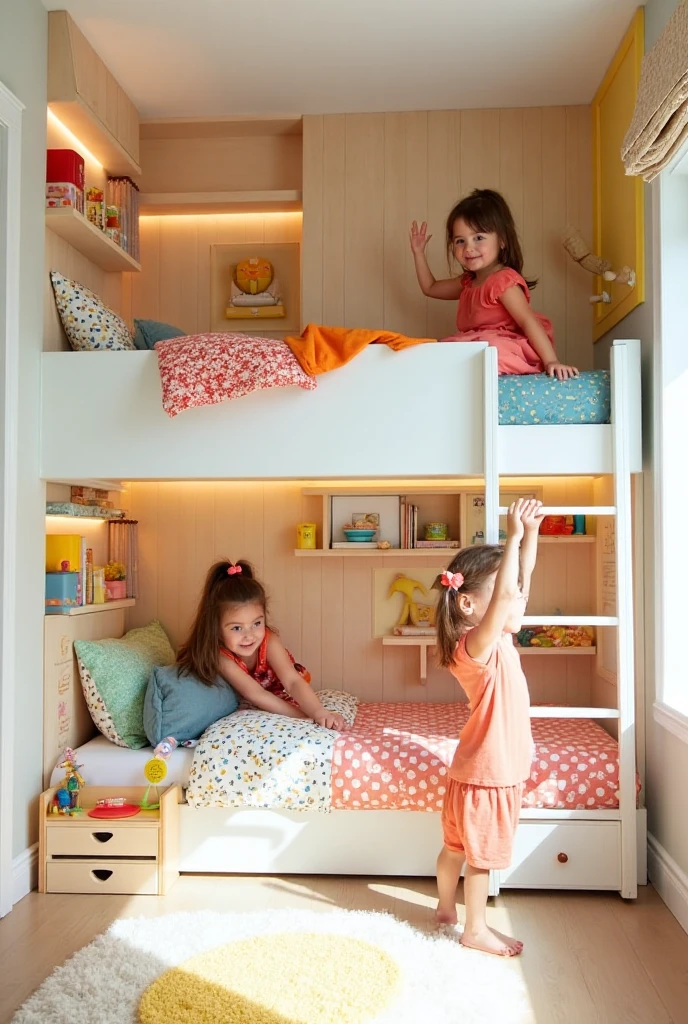
Save floor space with bunk beds that include drawers or shelves underneath. Perfect for siblings sharing a room.
2. Foldable Study Desks
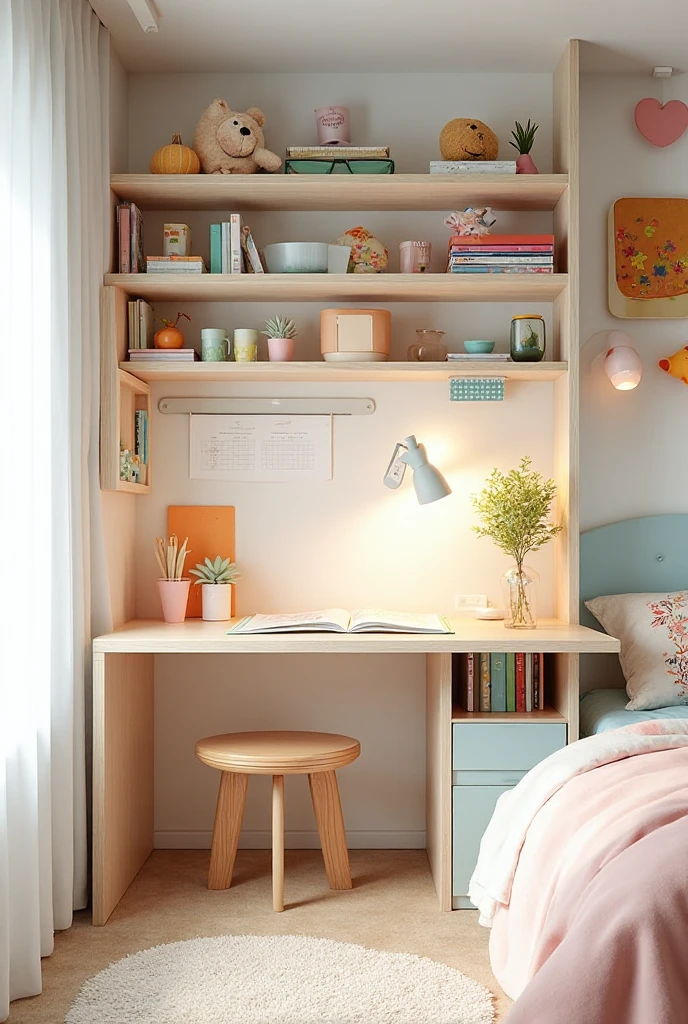
Wall-mounted or foldable desks give kids a dedicated study spot without taking up valuable room.
3. Bright Color Palettes
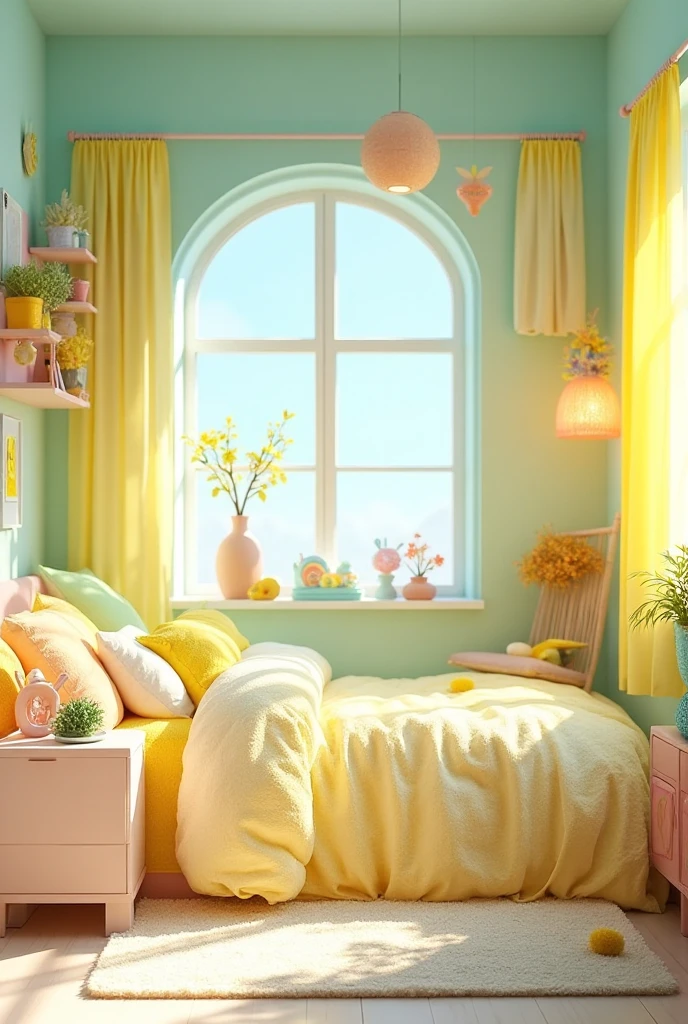
Lighter shades like pastel blue, mint, and soft yellow make small bedrooms look bigger and brighter.
4. Loft Beds with Play Zones
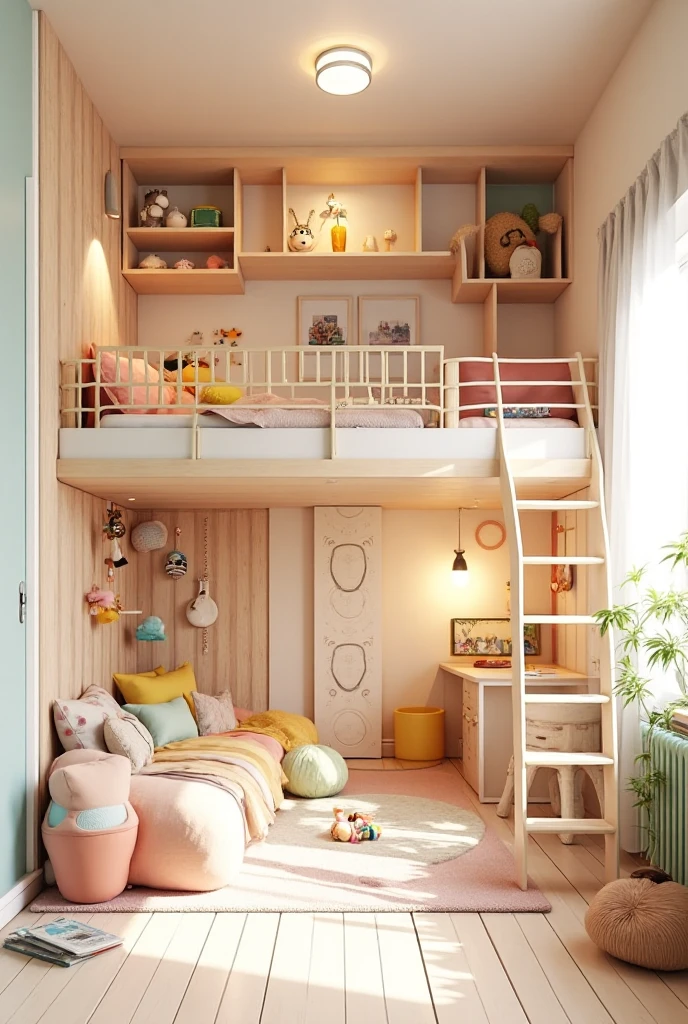
A loft bed frees up the lower area for a play nook, mini study corner, or storage cabinets.
5. Multi-Functional Furniture
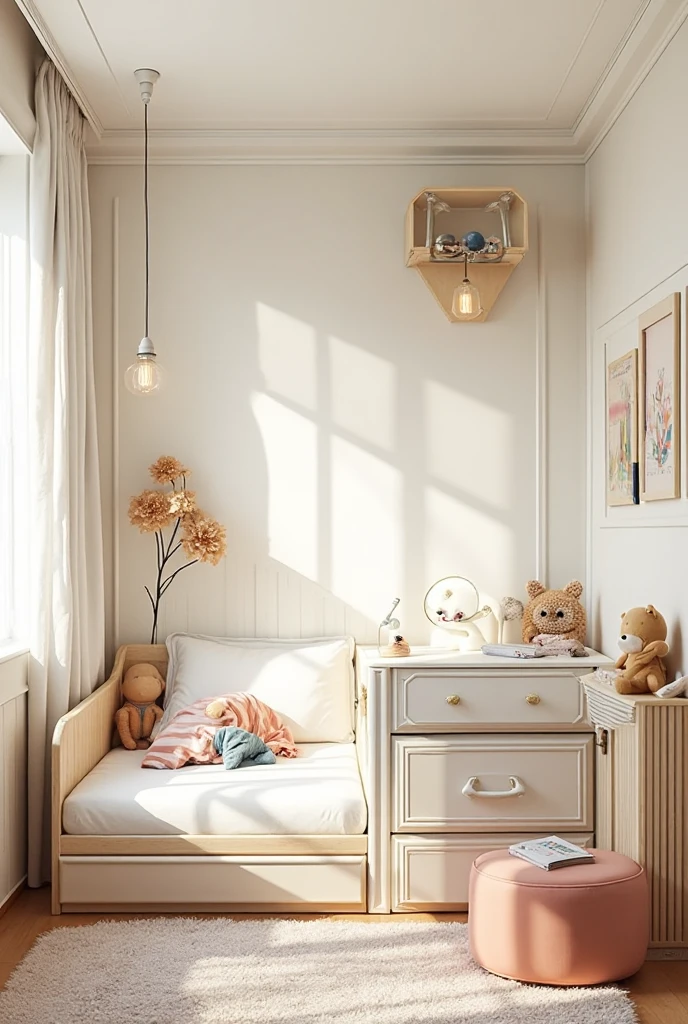
Choose beds with hidden storage, convertible cribs, or ottomans that double as toy boxes.
6. Wall Shelves Instead of Cabinets
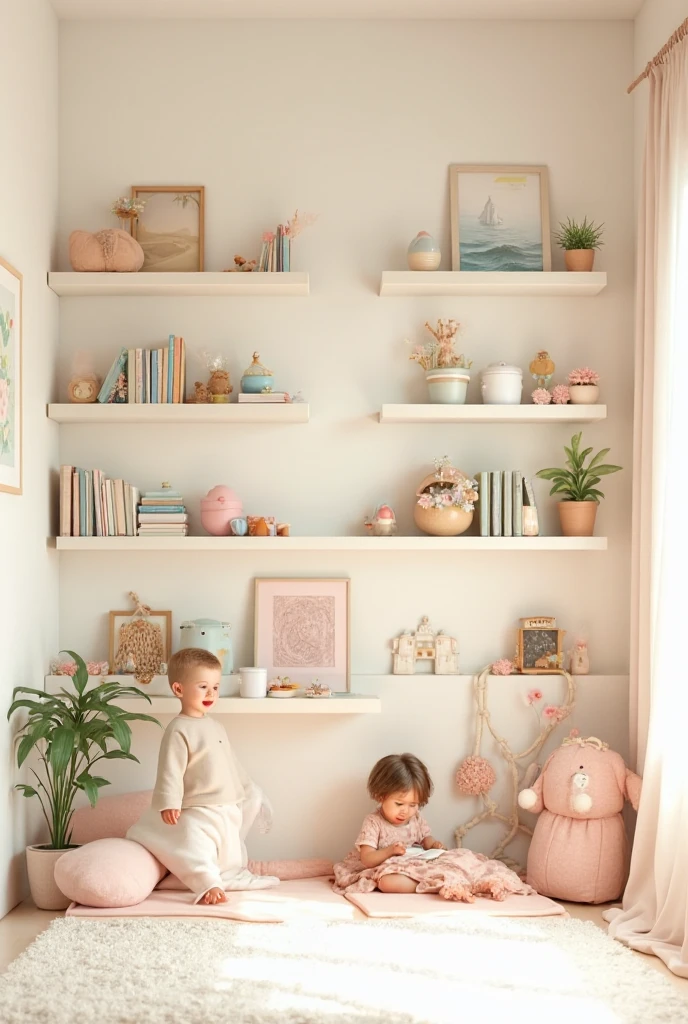
Floating shelves maximize vertical space while keeping toys and books within easy reach.
7. Themed Wallpaper
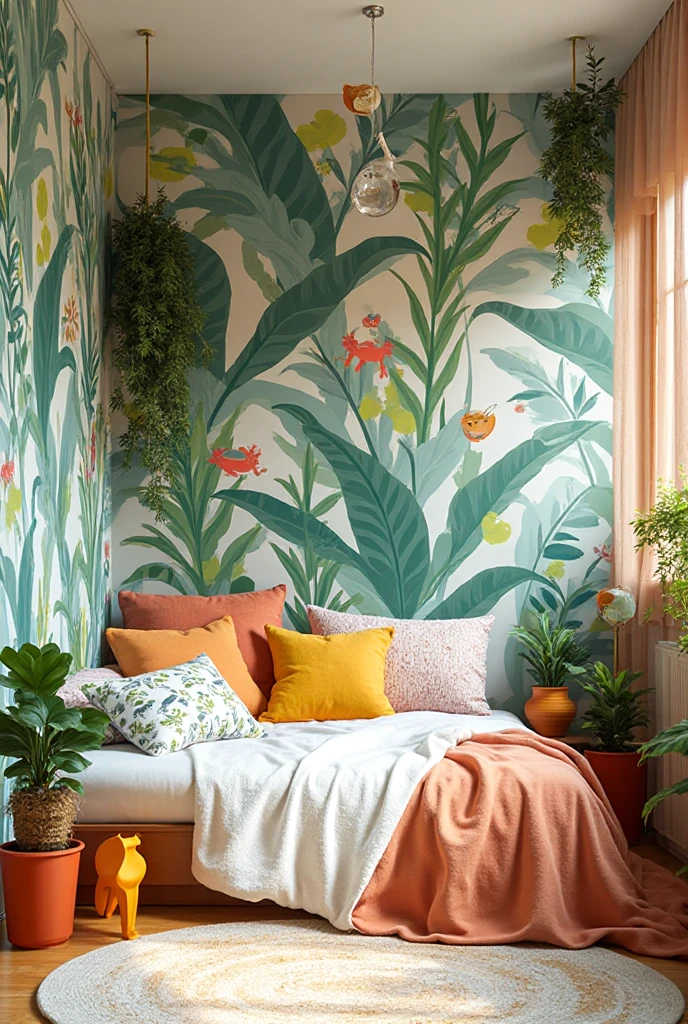
Add personality with fun wallpapers—like stars, jungle themes, or geometric prints—that keep the room lively without crowding it.
8. Under-Bed Storage Drawers
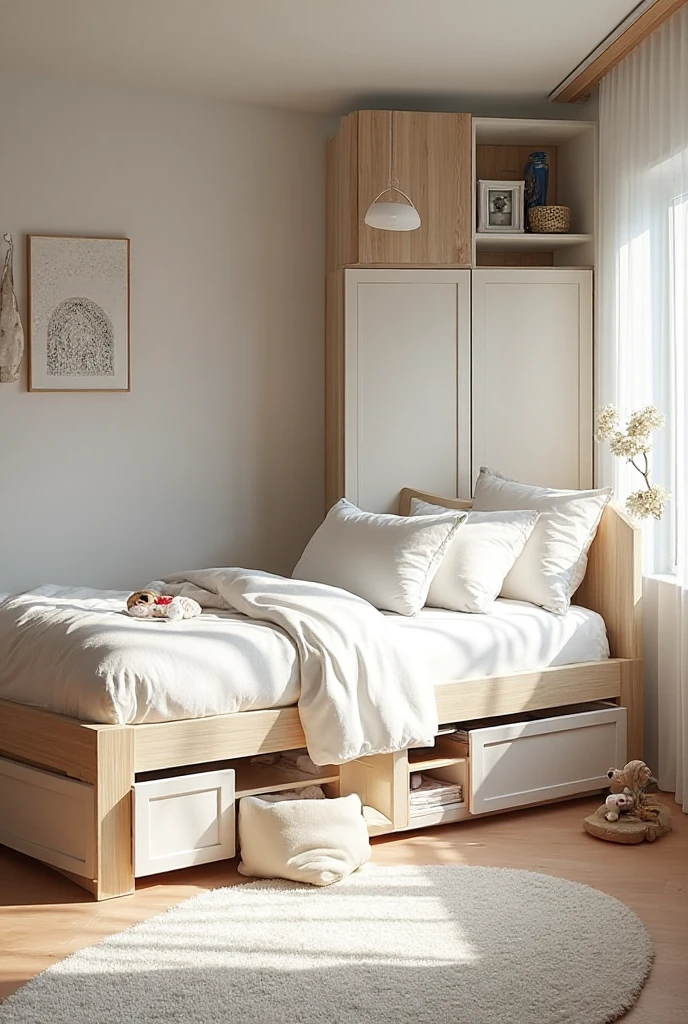
Perfect for organizing clothes, toys, or bedding in small kids’ rooms.
9. Sliding Doors for Closets
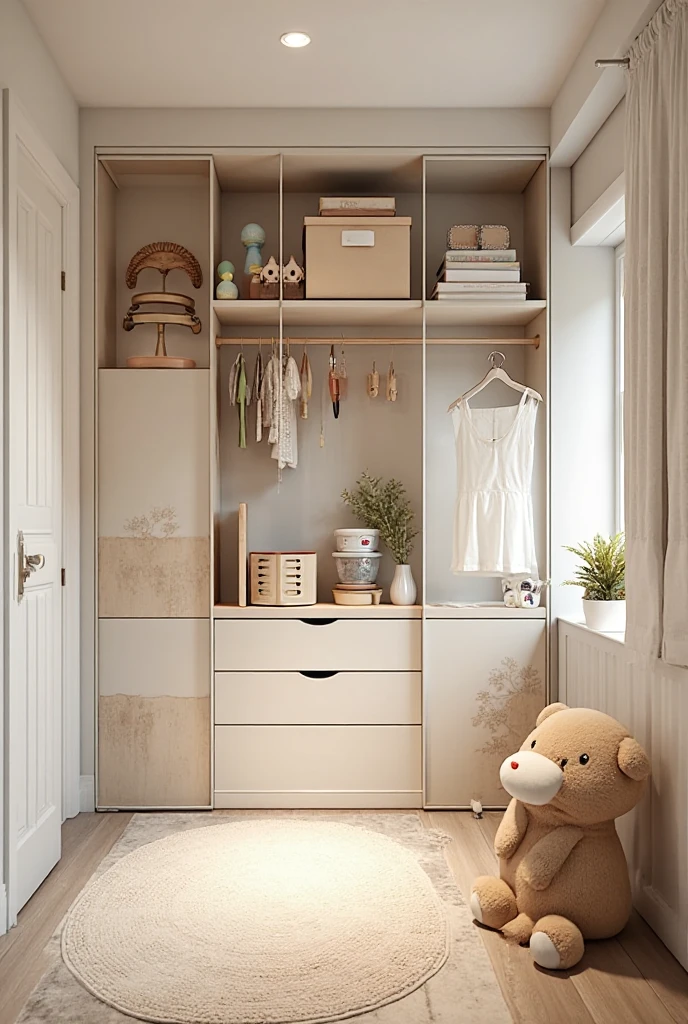
Sliding doors save floor space and keep the room looking sleek.
10. Bright Ceiling Lighting
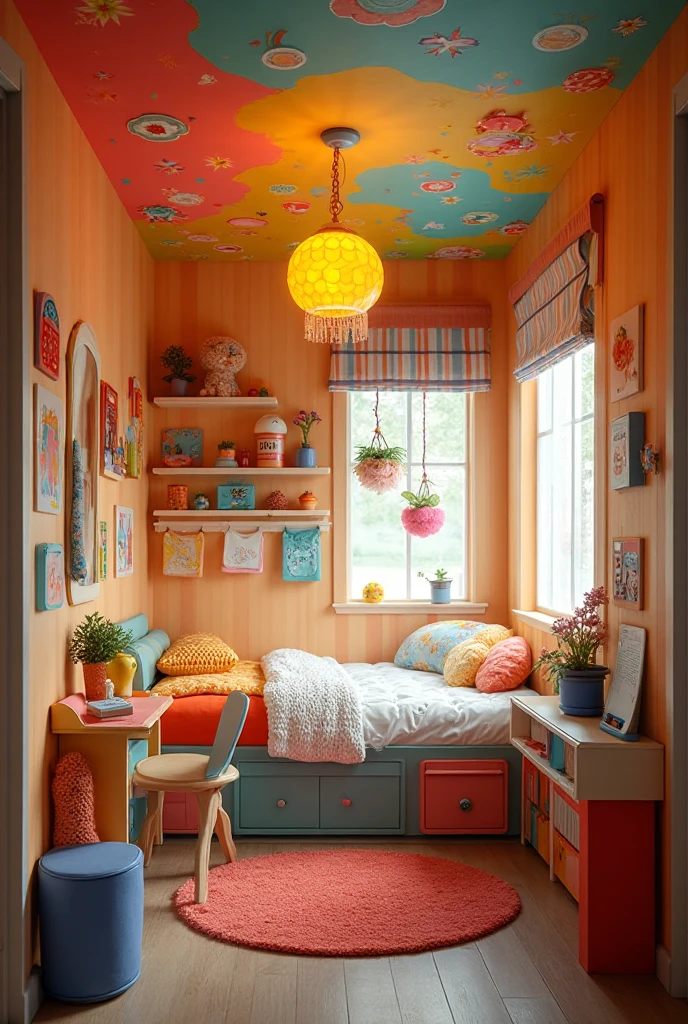
Ceiling lights or pendant lamps free up floor space while making the room cheerful and inviting.
11. Playful Rugs
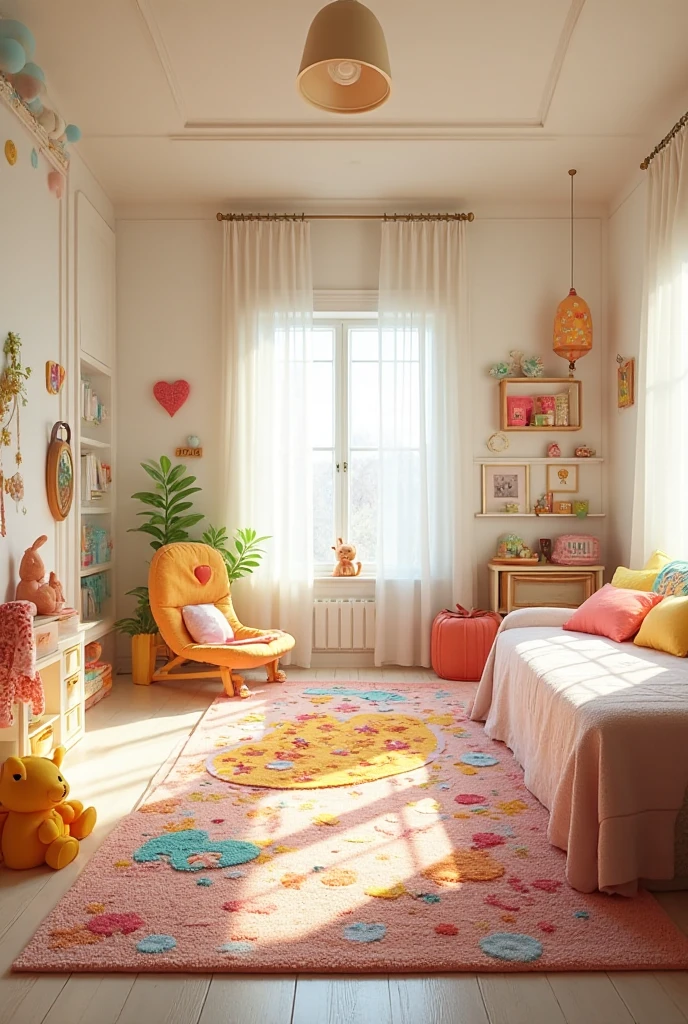
Colorful rugs add coziness, create play zones, and bring character to small bedrooms.
12. Minimalist Décor
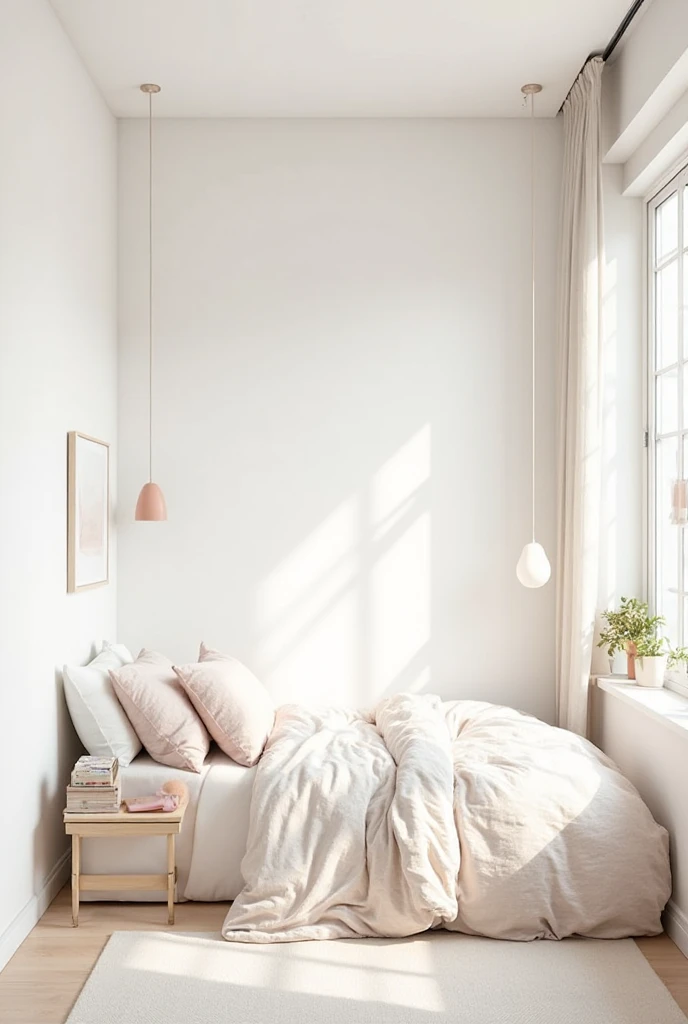
Less clutter means more space. Stick to functional furniture and minimal accessories for a clean, open look.
13. Vertical Chalkboard Wall
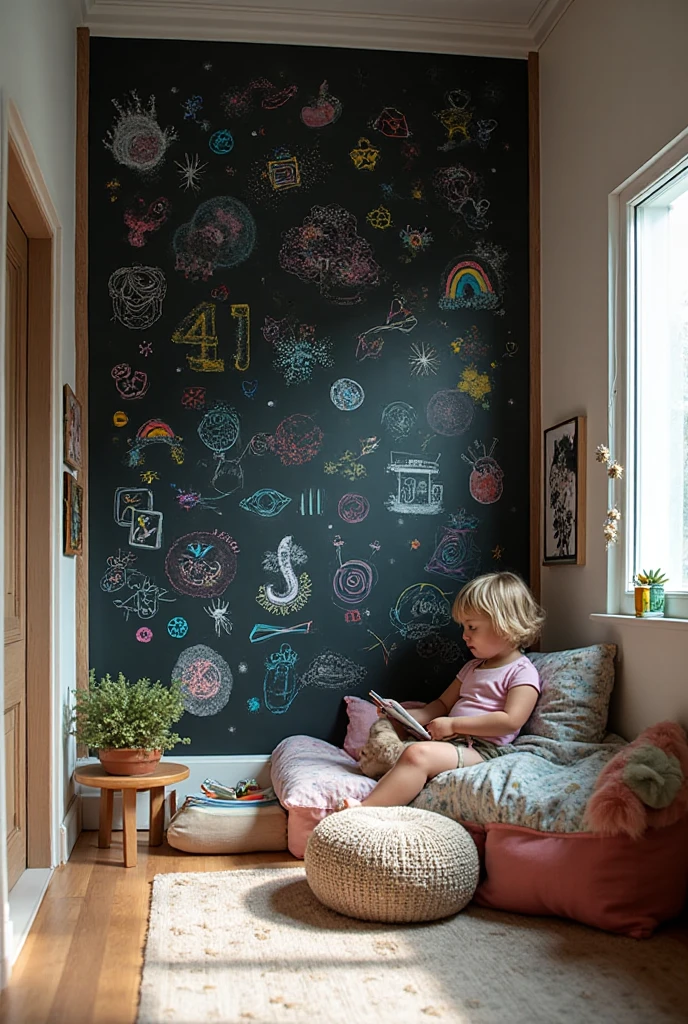
Turn one wall into a chalkboard or magnetic board where kids can draw, learn, and play.
14. Shared Sibling Corners
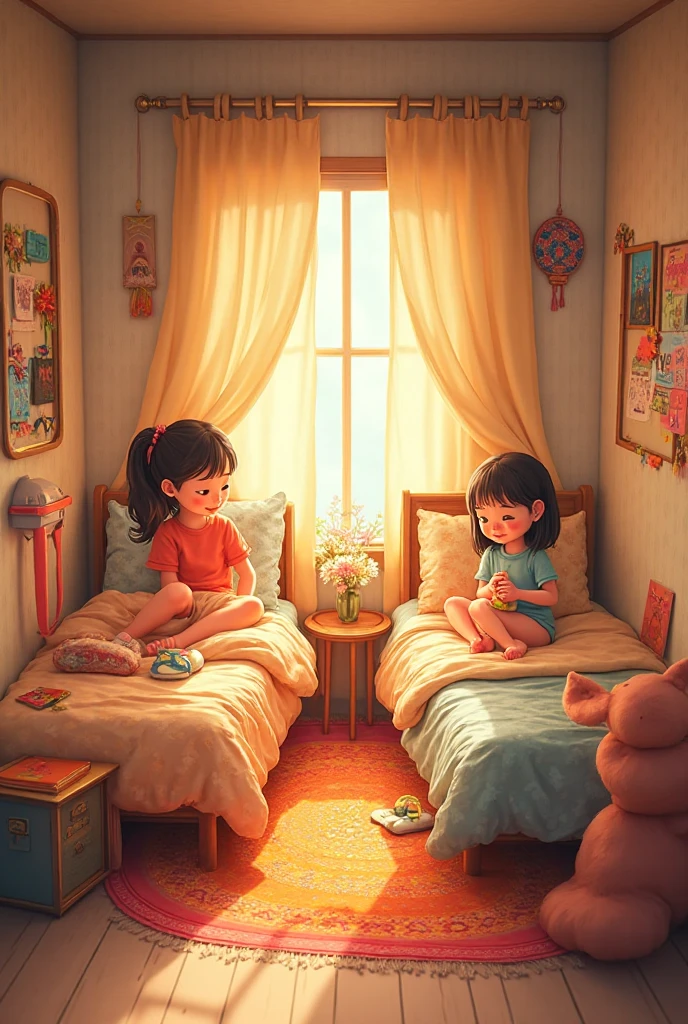
Divide a small room smartly with curtains or rugs to create personalized corners for each child.
15. Mirrors to Expand Space
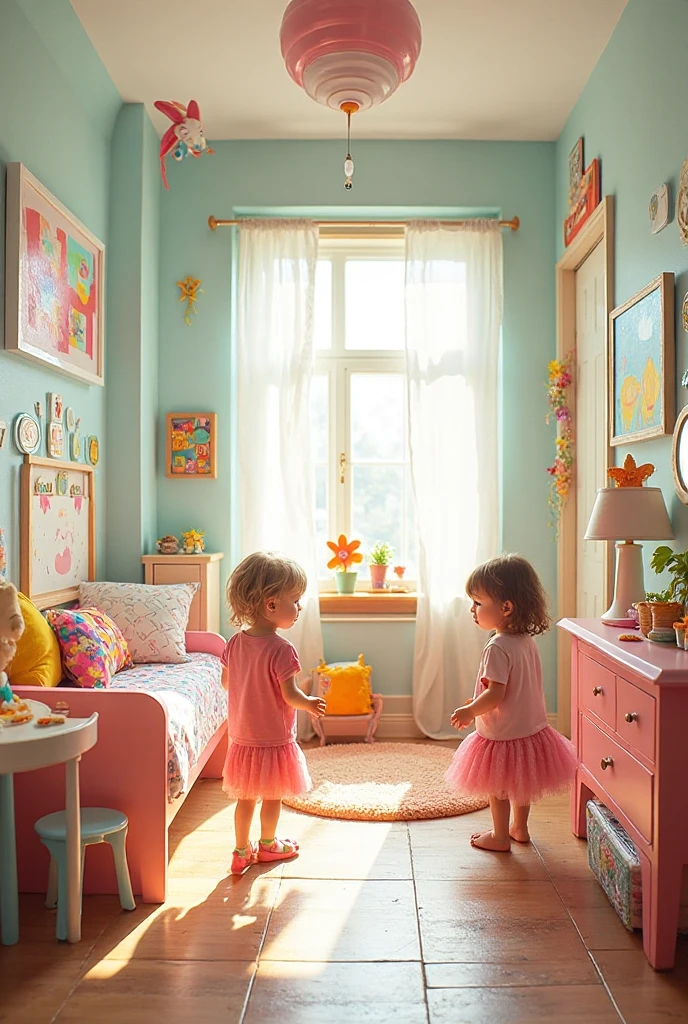
Mirrors make compact bedrooms look larger, brighter, and more open—ideal for small-space designs.
Summary
The best way to design small kids’ bedrooms is to maximize functionality and creativity. Use space-saving furniture, smart storage, playful themes, and bright colors to make the room both practical and fun.
High Point
If you’re asking, “How can I design a kids bedroom for small spaces?”—the answer is simple: use multifunctional furniture like bunk beds, wall-mounted desks, and under-bed storage. Add playful wallpapers, bright colors, and smart lighting to make the room feel bigger and more cheerful.
FAQs
Q1: How do you make a small kids bedroom look bigger?
Use bright colors, mirrors, and minimal furniture to create an illusion of space.
Q2: What is the best furniture for kids bedroom small spaces?
Bunk beds, loft beds, and multifunctional furniture with storage options work best.
Q3: How can two kids share a small bedroom?
Opt for bunk beds, create divided corners with rugs or curtains, and use vertical storage.
Q4: What colors make small kids rooms look spacious?
Light tones like pastels, soft neutrals, and whites make the room look larger and brighter.
Q5: How to keep a small kids bedroom organized?
Use under-bed storage, wall shelves, baskets, and multi-purpose furniture to reduce clutter.
Conclusion
Designing a kids bedroom in a small space doesn’t mean compromising on style or comfort. With smart furniture choices, playful décor, and space-saving tricks, you can create a room that’s both functional and fun. Whether it’s bunk beds with storage, loft play zones, or themed walls, these 15 amazing kids bedroom interior design ideas for small spaces will inspire you to make the most of every corner.
Remember, kids grow fast—so keep the design flexible, practical, and easy to refresh as their needs change.
